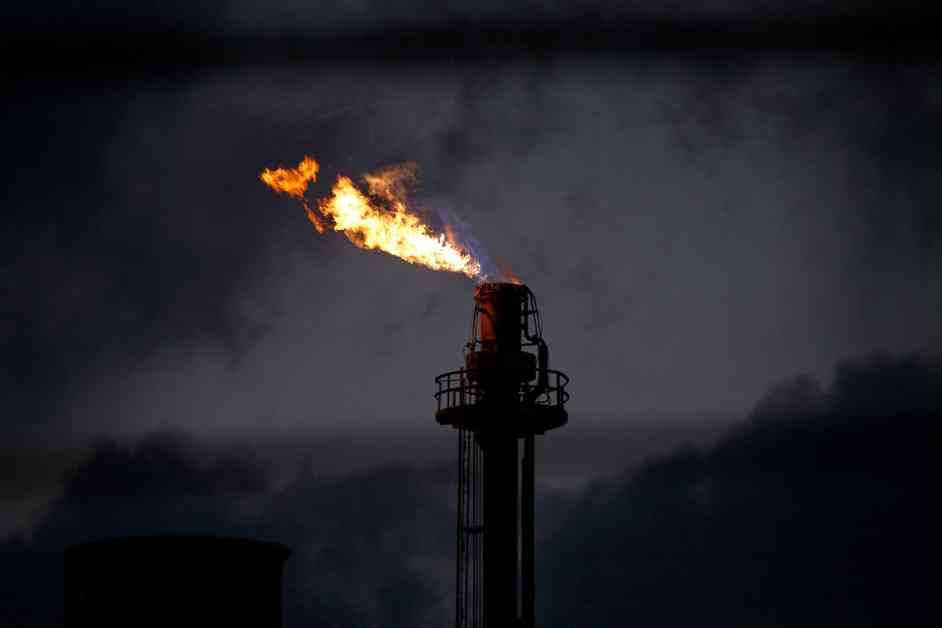New satellites like MethaneSat are being launched to monitor methane emissions from oil and gas production sites, but they may not be enough to combat the methane climate crisis. Despite new regulations aimed at reducing methane emissions in the U.S., the natural gas industry’s economic motivations continue to drive delays in necessary reductions.
The U.S. is a major consumer of natural gas, with the industry being a significant emitter of methane, a potent greenhouse gas. While efforts are being made to track and identify sources of methane emissions, economic factors often lead to the release of methane into the atmosphere rather than capturing and selling it. In regions like the Permian oilfields in Texas and New Mexico, where gas prices can be negative, companies opt to vent methane rather than incur costs associated with capturing and selling it.
Studies have shown that up to 40 percent of methane emissions could be captured with the right investments in equipment, but low gas prices in regions like the Permian create a disincentive for companies to make these investments. Regulations aimed at curbing methane emissions have had limited success in the past, with violations at oil and gas facilities being a common occurrence.
The oil and gas industry’s resistance to reducing methane emissions, despite the availability of satellite data and regulatory measures, highlights the need for strong government intervention to transition to clean energy sources. Without decisive action, the methane climate crisis will continue to worsen, posing a threat to the global environment and climate stability.
It is evident that addressing methane emissions requires a comprehensive approach that goes beyond monitoring and regulatory measures. By shifting towards cleaner energy sources and phasing out fossil fuel production, we can work towards mitigating the impact of methane on the climate and creating a more sustainable future for generations to come.






